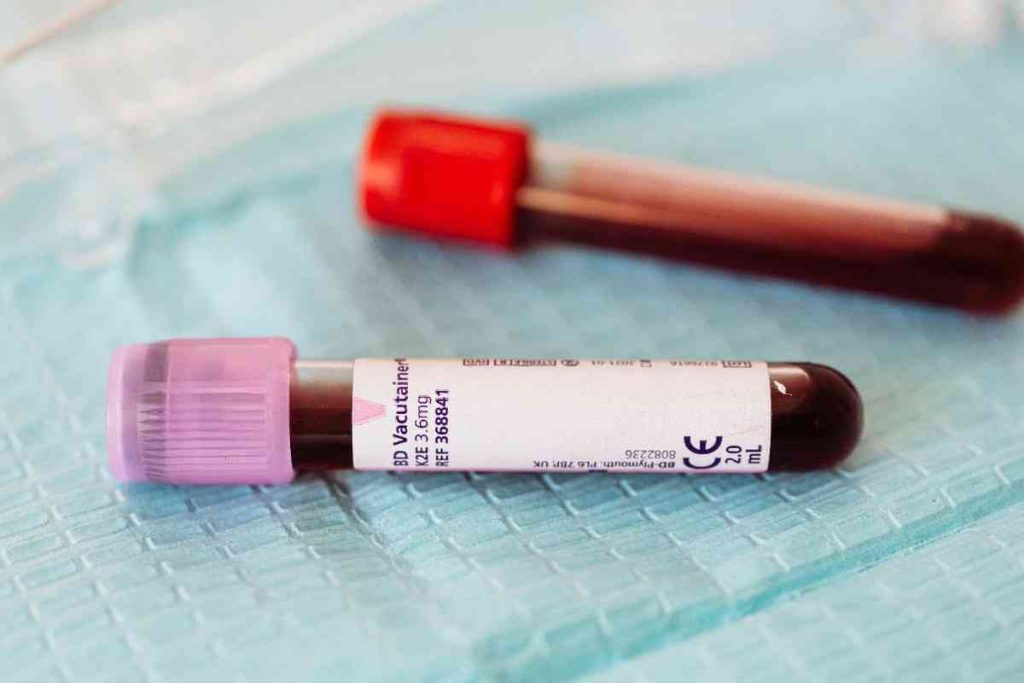
If you’ve ever donated blood, you’re part of a community united by a shared commitment to helping others. But while we all share this common purpose, we naturally distinguish ourselves by blood type. This difference isn’t just interesting trivia – it’s a key factor in what kind of blood products you’re best suited to donate and which patients you’re most likely to support.
However, this identification by blood type is relatively new. In fact, it wasn’t until 1900 that a young researcher named Karl Landsteiner in Vienna proposed a groundbreaking idea: that some blood types simply don’t mix well together, not because of infections or contaminants, but due to inherent differences in the blood itself. After conducting extensive tests, Landsteiner confirmed the existence of blood types A, B, and O, with the discovery of AB following soon after. His work won him a Nobel Prize and completely transformed transfusion medicine. Before his discovery, blood transfusions were risky, often resulting in adverse reactions and poor outcomes, as doctors unknowingly used incompatible blood types.
Why Do We Have Different Blood Types?
So, where did these blood types come from? While scientists are still piecing together the full picture, one compelling theory is that blood types evolved to help humans survive disease. Malaria, in particular, has been a significant factor. Research suggests that blood type O, which likely evolved before early humans began migrating out of Africa, may offer some resistance to severe malaria. This trait is more common in regions where malaria is prevalent, suggesting that certain blood types may have developed in response to environmental pressures like infectious diseases.
Over generations, as humans migrated and encountered different diseases, blood types diversified, giving us the variety we see today. It’s a vivid example of how our bodies evolved to face the challenges of our environment.
How Do We Inherit Our Blood Types?
After Landsteiner’s discovery, it wasn’t long before scientists realized that blood types are hereditary, passed down from our parents. By the 1920s, this concept was so widely understood that blood typing was even used in legal cases to determine paternity! While each of us has a unique combination of genetic factors that determine our blood type, there’s a predictable pattern to how these types are passed down.
For example, if both parents have type O blood, the child will almost certainly have type O. However, if one parent has type A and the other has type B, the child could inherit any of the four major types: A, B, AB, or O. It’s fascinating to think about how our specific blood type is the result of both genetic inheritance and evolutionary history.
Why Your Blood Type Matters for Donation
Regardless of your blood type, there’s always a need for donations. Each type has unique properties that make it especially valuable in specific situations. Type O-negative, for example, is known as the “universal donor” and is crucial in emergency situations where there’s no time to determine a patient’s blood type. Meanwhile, Type AB-positive is considered the “universal plasma donor” and can help patients in need of plasma products.
